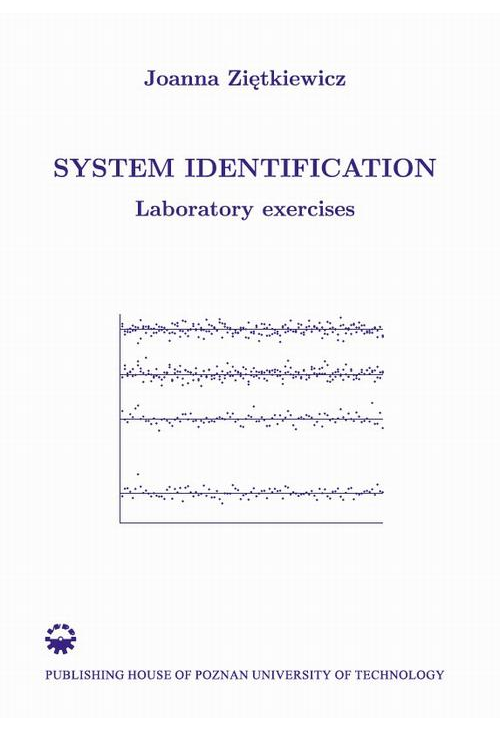
- -11%
ebook System identification. Laboratory exercises
Odkryj fascynujący świat identyfikacji systemów z ebookiem "System identification. Laboratory exercises" autorstwa Joanny Ziętkiewicz, opublikowanym przez Wydawnictwo Politechniki Poznańskiej w 2020 roku. Ten unikalny skrypt jest idealnym towarzyszem dla studentów i pasjonatów automatyki oraz elektroniki na Wydziale Elektrycznym Politechniki Poznańskiej.
W tym wyjątkowym ebooku znajdziesz nie tylko uzupełnienie podręcznika "Identification of control systems, discrete-time parametric methods" [12], ale także rozszerzone omówienie identyfikacji nieparametrycznej. Autorka zakłada podstawową znajomość automatyki i analizy sygnałów, jednocześnie dostarczając kluczowych koncepcji niezbędnych do wykonania ćwiczeń laboratoryjnych.
Ebook "System identification. Laboratory exercises" jest napisany w języku polskim i zawiera ważne polecenia Matlaba, które możesz stosować podczas programowania. Dodatkowe materiały, takie jak pliki danych lub skrypty Matlaba, są dostępne na stronie internetowej [22]: etacar.put.poznan.pl/joanna.zietkiewicz/dydaktyka/materialy-ios.
Czy jesteś gotowy na głębsze zrozumienie systemów identyfikacji? Zapoznaj się z ebookiem "System identification. Laboratory exercises" i rozpocznij swoją podróż w świecie zaawansowanej automatyki i elektroniki już dziś!
[Zamów swój ebook teraz i ciesz się łatwością czytania na dowolnym urządzeniu z formatem PDF.]
Spis treści ebooka System identification. Laboratory exercises
Preface 71. Continuous-time and discrete-time models 9
1.1. Basic information 9
1.1.1. Models 9
1.1.2. Laurent transform 9
1.1.3. Discrete-time models 10
1.1.4. Discretisation of continuous-time models 12
1.2. Exercises and the report 13
1.2.1. Calculations for discrete-time and continuous-time models 13
1.2.2. Simulation with continuous-time and discrete-time models 14
1.2.3. Discretisation of discrete-time models 14
2. Signals in system identification 16
2.1. Basic information 16
2.1.1. Common signals in system identification 16
2.1.2. Statistical characteristics of a signal 16
2.1.3. The order of excitation 19
2.2. Exercises and the report 20
2.2.1. Basic signal characteristics 20
2.2.2. The order of persistent excitation 20
2.2.3. The order of persistent excitation – calculations 21
3. Nonparametric methods – transient and frequency analysis 22
3.1. Basic information 22
3.1.1. Transient response identification 22
3.1.2. Determining the transfer function from the step response 22
3.1.3. Frequency analysis 28
3.2. Exercises and the report 30
3.2.1. System identification using step responses 30
3.2.2. Frequency analysis 30
4. Nonparametric methods – correlation and spectral analysis 31
4.1. Basic information 31
4.1.1. Impulse response model 31
4.1.2. Correlation analysis 31
4.1.3. Spectral analysis 32
4.2. Exercises and the report 33
4.2.1. Correlation and spectral analysis 33
4.2.2. FIR model 33
5. Deterministic models and the least-squares method 34
5.1. Basic information 34
5.1.1. Deterministic models in parametric system identification 34
5.1.2. Least-squares method 36
5.1.3. Influence of the persistent excitation order on parameter estimation 36
5.2. Exercises and the report 37
5.2.1. Parameter estimation for a system without a delay 37
5.2.2. Parameter estimation for a system with a delay 37
5.2.3. Influence of the excitation order on the estimation 38
6. Stochastic models and the least-squares method 39
6.1. Basic information 39
6.1.1. Elementary stochastic models in system identification 39
6.1.2. Least-squares method for the ARX model 40
6.1.3. Evaluation of the system identification result 41
6.2. Exercises and the report 42
6.2.1. Parameter estimation for the ARX model 42
6.2.2. Evaluation of the results 43
7. Model order estimation 44
7.1. Basic information 44
7.1.1. Estimation of the order 44
7.2. Exercises and the report 45
7.2.1. Estimation of the order in a case without disturbance 45
7.2.2. Estimation of the order in the presence of disturbance 46
8. Instrumental variables method 47
8.1. Basic information 47
8.1.1. ARMAX and OE models 47
8.1.2. Instrumental variables method 48
8.2. Exercises and the report 49
8.2.1. Comparison of the least-squares and instrumental variables methods 49
8.2.2. Instrumental variables method and the order estimation 50
9. System identification in a closed loop 51
9.1. Basic information 51
9.1.1. Problem of system identification in a closed loop 51
9.1.2. Conditions for identifiability in a closed loop 51
9.1.3. Solution to the problem 52
9.2. Exercises and the report 52
9.2.1. Identifiability conditions for the system in a closed loop 52
9.2.2. Solution to the problem of unidentifiability 53
10. Recursive estimation methods 54
10.1. Basic information 54
10.1.1. Recursive least-squares method 54
10.1.2. Recursive instrumental variables method 55
10.1.3. Recursive extended least-squares method 55
10.2. Exercises and the report 56
10.2.1. The choice of the method matching the system 56
10.2.2. Recursive identification 57
Matlab commands 58
References 63
Szczegóły ebooka System identification. Laboratory exercises
- Wydawca:
- Wydawnictwo Politechniki Poznańskiej
- Rok wydania:
- 2020
- Typ publikacji:
- Ebook
- Język:
- polski
- Format:
- Liczba stron:
- 64
- ISBN dla wersji papierowej:
- 9788377755891
Recenzje ebooka System identification. Laboratory exercises
-
Reviews (0)

Na jakich urządzeniach mogę czytać ebooki?
- -11%





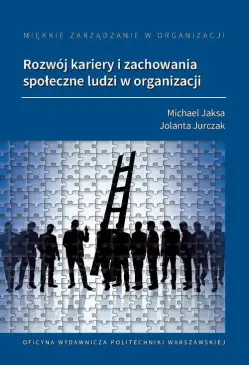
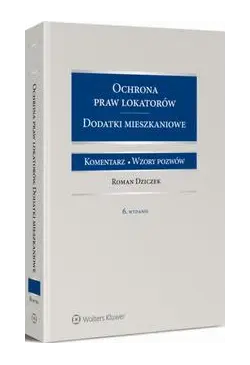
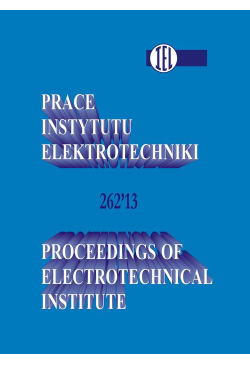
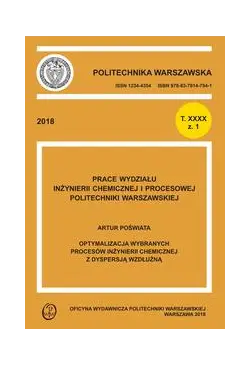
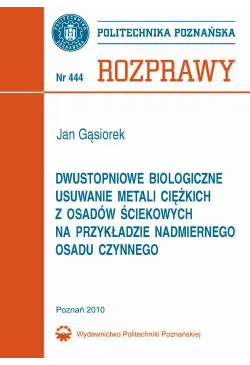
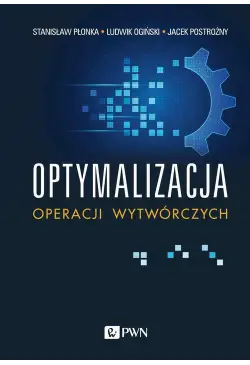

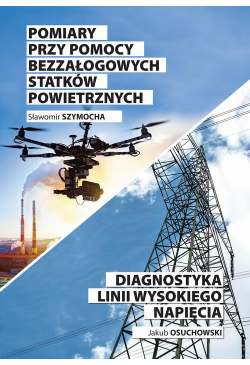

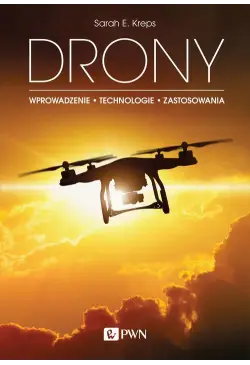

@CUSTOMER_NAME@
@COMMENT_TITLE@
@COMMENT_COMMENT@